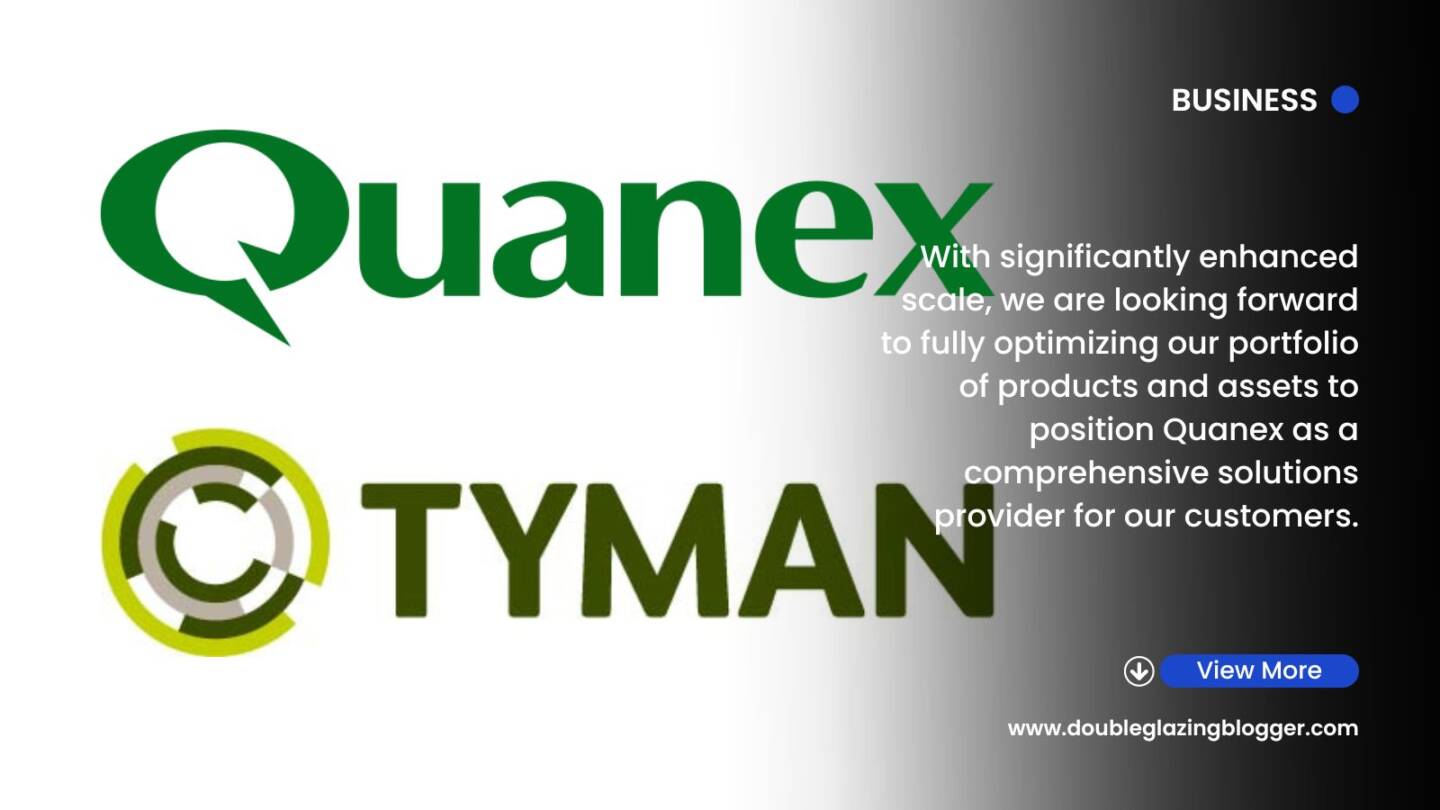In a poll I conducted recently on DGB, the industry indicated that the chance for triple glazing has already been and gone. You can catch up with that poll and my analysis here.
It’s been a while though since I had a wander around Google Trends and looked at what people had been searching for window-wise in the UK. For triple glazing, the search results only further back up the research taken from my poll.
Steady decline
This is the Google Trends chart showing web searches for triple glazing in the UK for the past 5 years:
In 2014 it still looked as though triple glazing might be capturing the attention of the public, with a fairly strong and regular pattern for searches. After that though, it becomes more sporadic, with dips and highs. Since then, there’s been a gradual decline in search traffic, which seems to validate the industry’s thoughts that triple glazing has had it’s chance to take root in the industry and it’s not materliased.
As we now know, the effectiveness of triple glazing only really happens when sealed units are 44mm or thicker. Even then, the differences are almost negligable. It makes the cost uplift not worth it for most home owners. When it comes to noise, a double glazed unit with specific noise reduction like, like Optiphon from Pilkington can be more effective, and still cost less than triple glazing.
What has happened is marketing took over triple glazing before maths and science was able to prove the claims. We have that information now, and we as an industry and indeed to some degree home owners know that much of those claims were false.
We don’t have the climate to warrant triple glazing either. We’re not in the Arctic Circle, unlike some Scandinavian countries for example. In the right specification, triple glazing could bring about some noise and heat benefits, but we’re not a country cold enough to demand it, and I don’t think the UK fenestration sector would give it enough importance to do it the right way anyway.
Levelling out
In a separate search between the three main window and door materials, Google Trends shows that things are levelling out between each of them. Take a look:
This is a five year chart showing web searches for aluminium, timber and PVC windows. It’s a fairly even spread between the three, but aluminium windows do have sporadic spikes which rise above timber and PVC searches. I’ll put that down to the resurgence in that part of the market, especially from the residential sector.
As an installer, this is a helpful insight and should encrouage those who are thinking of expanding beyond PVC that there is an opportunity to be had in the other fenestration materials.
Meanwhile, composite door searches continue their march higher as the popularity of the product continues to push growth in this market higher still:
Google Trends is a usefull little tool, which is free, that shows search traffic on anything. From a window and door industry point of view, it’s a nifty way to keep an eye on what is moving. I’m not saying it’s super-sharp accurate, but the ability to keep an eye on trends means those proactive enough can keep ahead of their competitors.
To get weekly updates from DGB sent to your inbox, enter your email address in the space below to subscribe:
By subscribing you agree to DGB sending you weekly email updates with all published content on this website, as well as any major updates to the services being run on DGB. Your data is never passed on to third parties or used by external advertising companies. Your data is protected and stored on secure servers run by Fivenines UK Ltd.






